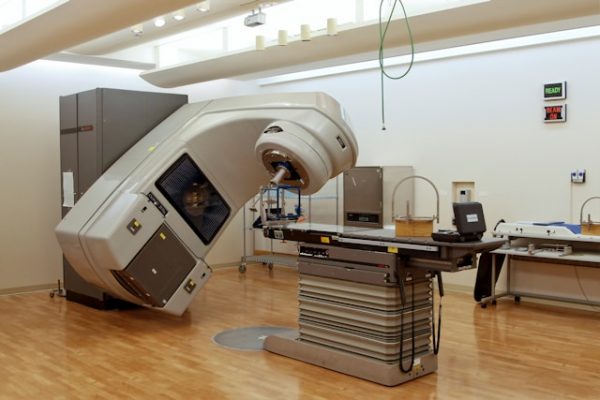Facial recognition technology, once a futuristic fantasy, is rapidly becoming ingrained in our daily lives. From unlocking our smartphones to expediting airport security checks, its applications are expanding at a breakneck pace. However, this proliferation raises profound ethical questions about the balance between security and privacy. How do we harness the potential benefits of this technology while mitigating the risks of misuse and discrimination?

The Privacy Predicament
Perhaps the most pressing concern is the erosion of privacy. Facial recognition systems, particularly those deployed in public spaces, can collect and analyze our biometric data without our explicit consent. This constant surveillance can create a chilling effect on freedom of expression and assembly. Imagine a world where attending a protest or simply walking down the street leaves a permanent digital footprint, traceable by governments or corporations. This potential for tracking and profiling individuals raises serious concerns about civil liberties.
The Bias Bug
Studies have shown that facial recognition algorithms can exhibit biases, particularly against people of color and women. These inaccuracies can lead to misidentification and wrongful arrests, perpetuating existing societal inequalities. The consequences can be devastating, impacting individuals’ livelihoods, reputations, and even their freedom. Addressing this bias is crucial to ensuring fairness and preventing discriminatory outcomes.
The Potential for Abuse
The power of facial recognition technology also makes it susceptible to abuse. Authoritarian regimes could use it to suppress dissent and monitor citizens, while malicious actors could exploit it for identity theft or targeted harassment. The lack of robust regulations and oversight creates a dangerous vacuum, leaving individuals vulnerable to exploitation.
Striking a Balance: Towards Ethical Implementation
So, how do we navigate this ethical minefield? The key lies in implementing safeguards and promoting transparency.
1. Robust Regulation and Oversight:
- Clear legal frameworks are needed to govern the collection, storage, and use of facial recognition data.
- Independent oversight bodies should be established to monitor compliance and investigate potential abuses.
2. Transparency and Accountability:
- Individuals should be informed when facial recognition is being used and have access to their own data.
- Algorithms should be auditable to ensure fairness and accuracy.
- Mechanisms for redress should be available for those harmed by misidentification or misuse.
3. Purpose Limitation and Data Minimization:
- Facial recognition should only be used for specific, legitimate purposes, with clear limitations on data collection and retention.
- Data minimization principles should be applied to collect only the necessary information and anonymize it whenever possible.
4. Ongoing Research and Development:
- Continued research is essential to address algorithmic biases and improve the accuracy of facial recognition systems.
- Ethical considerations should be integrated into the design and development process from the outset.
The ethical dilemmas surrounding facial recognition technology demand careful consideration and proactive solutions. It’s a shared responsibility between governments, corporations, researchers, and citizens to ensure that this powerful tool is used responsibly and ethically. By prioritizing privacy, fairness, and transparency, we can harness the potential benefits of facial recognition while mitigating the risks of misuse and safeguarding fundamental human rights. The future of this technology depends on our ability to strike a balance between security and privacy, ensuring a just and equitable outcome for all.




